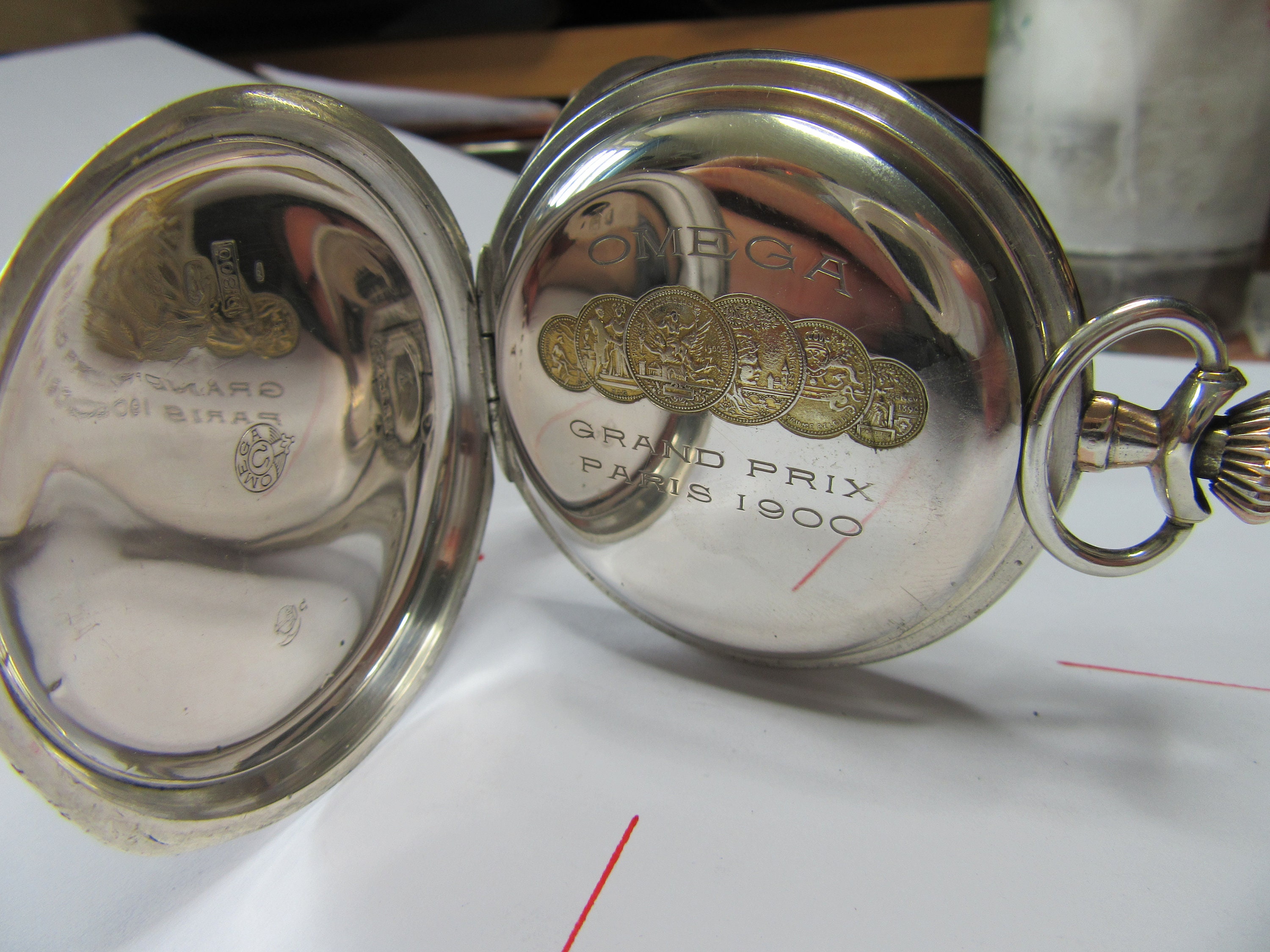
This new execution of the iconic movement resulted in the creation of a new Master grade, standing out with exceptional finishing (besides the technical upgrades mentioned above). The work performed by the watchmakers of the Omega Atelier Tourbillon is a feast for the eyes. Because of the different thermal expansion of the two metals, the bimetallic rim of the balance bends towards the centre of the oscillator as temperature increases shifting the mass inward. The rim of the balance is made of two different metals and is cut at two points. Among these, watchmakers developed bi-metallic balance wheels. The need for precise timekeeping drove several advances in technology in relation to the design of the balance wheel and the materials used. A rise in temperature increases the dimension of the balance wheel and this would cause it to swing more slowly. The effect of temperature change is a major source of inaccuracy for mechanical watches. One of the original bi-metallic balance wheels retrieved from the Omega vault to recreate the caliber. Each movement comes with its own chronometer certificate attesting to its precision.

Last but not least, the modern keyless mechanism is another first for the 19-ligne calibre. The whole gear train was also recalculated. New components were required to bring the calibre to meet modern quality standards, such as the barrel, mainspring, screws, chatons or jewels. The plate, the bridges, the bi-metallic balance spring and the escapement are original. This is not the first “original calibre reconstruction” project by Omega, but this is a fascinating project in many respects. To celebrate the 125 th anniversary of this legendary movement presented in 1894, Omega has introduced a superb half-hunter pocket watch powered by a reconstructed 19-ligne movement using original parts stored away for decades. The success of the Omega 19-ligne calibre was such that in 1903, the name of the company itself would be changed to Louis Brandt et Frère – Omega Watch & Co. The name Omega was chosen as the final letter of the Greek alphabet, standing for the ultimate step in perfection. Some of the original parts retrieved from the Omega Museum vault to reconstruct the Omega 19-ligne movement for instance its German silver ébauche, bi-metallic balance wheel, hairspring and escapement.

The combination of both functions was not a first, since Adrien Philippe designed such a mechanism in 1845, but it was still very much of a novelty at the time.

Particularly accurate, it also combined winding and time-setting via the crown, which was still a rare feat at the time – the Louis Brandt & Frére patent N☈760 dated August 1 st, 1894 corresponds to a keyless mechanism allowing for time setting and winding through a single crown.
#Omega pocket watch 8760 series
Produced in series and based on the innovative principle of interchangeable parts, this movement would be instrumental in cementing the fame of the company and changed its future forever. If the roots of Omega go as far back as 1848, when Louis Brandt set up an établissage assembling watches in La Chaux-de-Fonds, the Omega name goes back to 1894 and the presentation of the Omega 19-ligne calibre (a ligne is an ancient French unit of measurement of approximately 2.26mm). And this was well worth the wait, in particular in view of the work performed in the reconstruction of the famous 19-ligne calibre powering the watch, partially using original parts… From the Omega Museum – An Omega/Louis Brandt et Frère Pocket Watch fitted with 19-ligne calibre – here in DDR execution, one of the highest and most coveted grades produced for this legendary movement (together with VeryBest) Background On the occasion of the visit to the Omega headquarters in Biel, we were finally able to take to a look at this fascinating timepiece.

If the project had been announced a couple of years ago, we had not got the chance to go hands-on with the commemorative pocket watch released to celebrate the 125th anniversary of the Omega name.


 0 kommentar(er)
0 kommentar(er)
